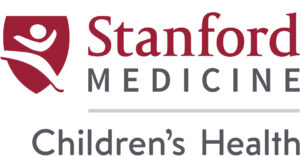Every day at Stanford, new research is improving outcomes for children with cancer. By studying everything from cancer’s minute cellular interactions to the clinical results of groundbreaking therapies, our physician-researchers are discovering more ways to enhance cancer detection and treatment.
Recently, assistant professor of pediatrics Robbie Majzner, MD, and his team developed a new way to make a powerful cancer immunotherapy useful not only for blood cancers, but for most solid tumors. The immunotherapy, using engineered immune cells called CAR T-cells, targets cancerous cells, leaving healthy tissue alone.
A different study by Majzner shows success at improving the odds of children with neuroblastoma, a cancer of the nerve cells that usually strikes children under age 5. While treatments were developed years ago to help the immune system attack neuroblastoma tumor cells, some pediatric patients did not respond. Majzner’s research discovered that an existing anti-cancer drug could bring about that immune response.
Similar research by Majzner suggests that administering two anti-cancer antibodies to patients with neuroblastoma or osteosarcoma, a bone cancer found mainly in teens and young adults, would be far more effective than administering just one of the antibodies. A clinical trial involving about 80 children and young adults with relapsed or treatment-resistant neuroblastoma or relapsed osteosarcoma has already begun.
Stanford assistant professor of pediatrics Kara Davis, DO, uses single-cell analysis of cancerous tumors to investigate the wide variety of cancer cells that can exist within a single tumor. That diversity of tumor cells may account for relapse after a tumor has responded to treatment.
Davis’ study of the processes that lead to the development of cancer and that may predispose a patient to relapse will continue to help her and other researchers pinpoint the best treatments for childhood cancers. Her work could also reduce the toxicity and side effects of treatment, as well as the amount of time a patient goes through treatment.



